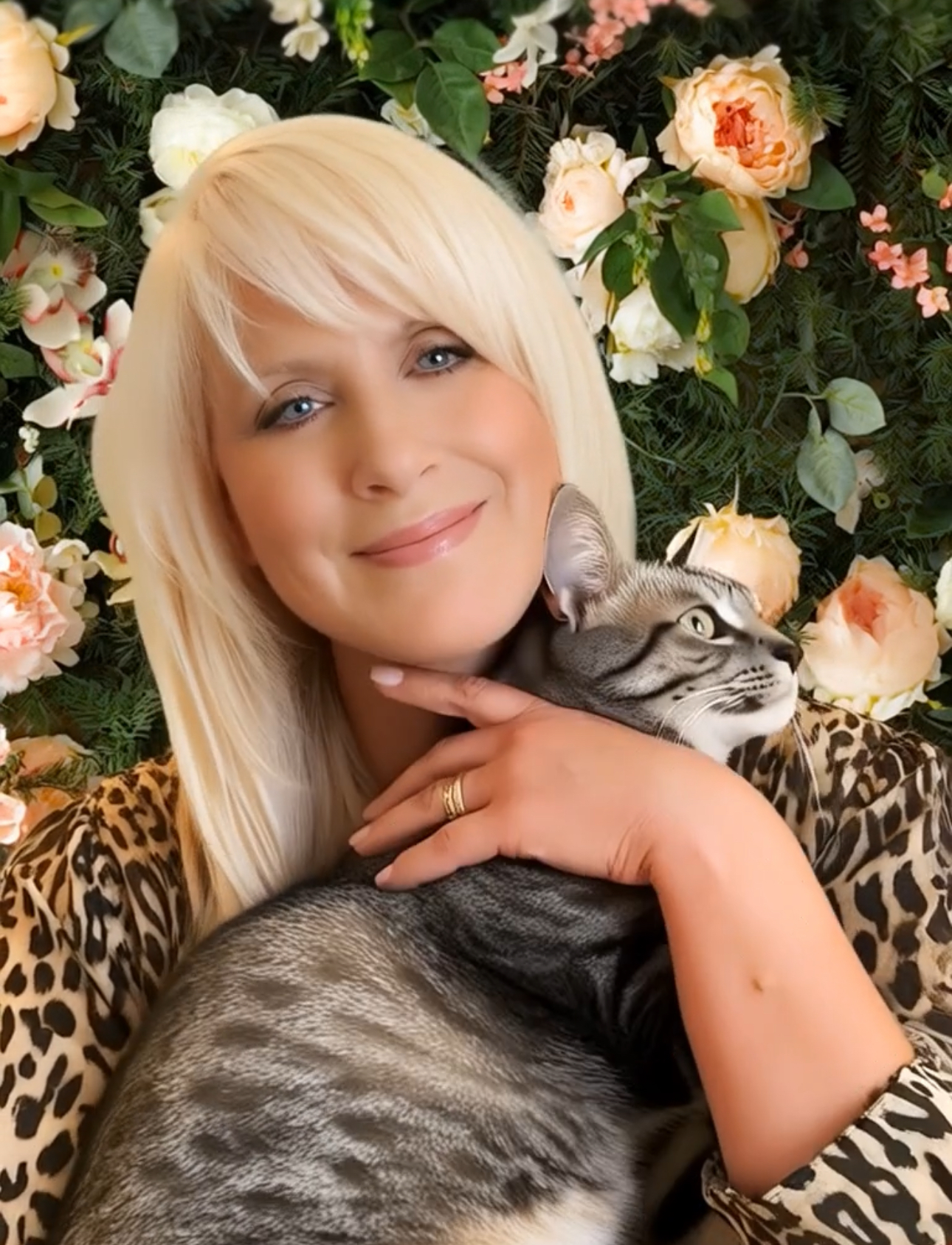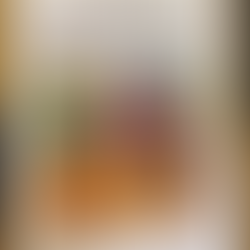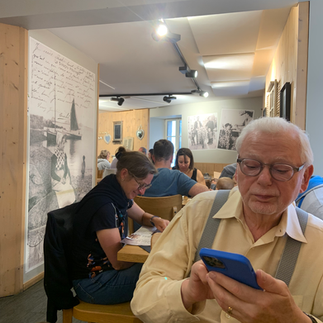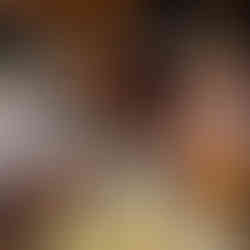At Home and In Paris
- Judith Mitrani
- Oct 21, 2023
- 6 min read
Updated: Nov 1, 2023
Our Final Days in Northwestern Brittany-
Part IV, at Last

The last three stops on our trip through Brittany -- with an overnight stop in HONFLEUR (the capitol of Normandy,) and back home to Paris -- were some of the most beautiful. In the department of Lannion we visited a beautiful commune with a church of historic interest. L'Eglise SAINT-JEAN-DU-BALY had some of the most splendid and interesting architectural elements that we had seen thus far, including more of that precious pink stone that was used throughout Brittany in the churches.The church was built from 1511 to 1548 and was formerly dedicated to Notre-Dame. It replaced the chapel of the old castle of Lannion. Originally, it consisted only of a nave and two narrow aisles. From 1580-90 it was decorated with chapels built by various

brotherhoods. A renovation in the nineteenth century revealed an overturned hull vault, intact, and dating from the sixteenth century. There are symbols relating to the maritime domain as well as painted ermine tails, symbol of the independence of Brittany. Hidden during the French Revolution, four of the five statues of the Holy Family from the Ursuline chapel were installed in the church around 1825, and it also aquired a beautiful series of Art Deco stained glass windows that we owe to Henri Marcel Magne, an award-winning painter who

made the stained glass windows of the Montmartre basilica in Paris. It has many altars: Cinq Plaies, La Croix, Notre-Dame des Agonisants, Saint-Michel, Saint-Nicolas etc. Before 1600, a screen of which one sees the traces rather distinctly stood at the level of the nave and was replaced in the 17th century by a beautiful pulpit to preach on. It represented the great doctors of the Latin church as well as the gospels. An imposing organ case dating from 1601 was restored in 1972 and has 37 stops, spread over three 56-note manuals and a 30-notepedal. If you look carefully you will see the trompe-l’oeil effect used in front of the top level of pipes, something I have never seen in any other organ. Outside the monument, we saw the imposing calvary dating from 1867 and made by Yves Hernot. The Hernot family, over nearly 3 generations, had the objective in the 19th century to "raise the churches of

Trégor and populate the roads of calvaries". They were at the origin of 967 calvaries and crosses. This calvary is quite glorious since it traveled to Paris for the Universal Exhibition of 1867

where its creator won the first prize for sculpture. It consists of a large kersantite cross and a monolithic barrel. The whole is taken from a single block of rock, it presents 12 columns and a phylactery, released from the barrel of the cross. One of the highlights of the day was our 3rd

Australian Shepherd sighting near the Creperie, where we took our lunch. There was a man with a weathered face that was doing what he clearly had done all of his life: carving all manner of wooden religious figures. Ted spoke with him about his work or shall I say his lifelong dedication.It was hard to resist buying one to take home.

By the time we arrived back in Roscoff, we were satiated and tired. We took a bowl of fish soup in the bar of the hotel, and went up to bed early. The next day promised to be an easy one, as it was our last and we had planned to visit a place we'd passed through the day before on our way back to the hotel. It promised to be one of the most interesting and, fortunately, one of the closest towns outside Roscoff. The historical city of Saint-Pol-de-Léon was once a former bishop’s city. Today, it is an active vegetable and horticultural capital with the charm of a coastal village with a 13-km coastline and a bay that is a sea bird reserve. Proud of its prestigious past, demonstrated by a remarkable religious heritage, it is also an area focused on the future that accommodates many research laboratories. A maze of little streets lead off from the Place du Parvis, turning away from the dizzying cathedral that dates back from the 13th and 16th centuries, and took us into the secular privacy of old Saint-Pol. The half-timbered houses had made way for solid stone constructions with both pure and ostentatious lines. At the corner of Rue Rozière, a house with an ornamental
turret presented a fine example of this. The street names were full of surprises and poetry: Rue aux Eaux, meaning Water Street, was formerly called «Rue aux Os» meaning «Bone Street» but sounding the same when pronounced. This was because the street had been given over to the butchers. Rue au Lin, meaning Linen Street, is the last vestige of a weaving tradition that had once been the town's main industry. Rue du Lavoir, meaning Wash House Street, has a miraculous, never-ending fountain, blessed by Saint Pol Aurélien himself. At the intersection of the main avenues in the town, the Kreisker chapel soars through the sky with its 80-metre tall steeple, challenging man, the weather and other element, and many likenesses of St. Pol himself.




In the shade of this impressive spire are the bishop’s palace, cathedral, canon’s house, and seminaries. Thanks to its golden agricultural belt, Saint-Pol-de-Léon has been moving away from its prestigious past. Artichokes, cauliflowers, onions, potatoes, camellias, and rhododendrons are stirring up new passion. The cathedral was certainly one of the
most impressive we'd seen in all of Brittany, and the Chapel was filled with colorful banners from all the small communes in the area. We could only imagine what the parade of these religious artifacts would have looked like as they were carried through the town. Since it was our last night, when we returned to Roscoff, we packed, and went into the center for traditional dinner of savory Breton crêpes, steaming hot cups of apple cider, and sweet wheat crepes for dessert.
The restaurant was charming and the people inviting and, although we were looking forward to our next stop on our way home, we were sad to be leaving this region of France, which is filled with historic and natural beauty and of course the famous Roscoff pink onions. The next morning we were up early for breakfast and got on the road for a 4 -hour drive to one of our favorite places in Normandy. Although this stop was intended to shorten the drive home, it also enabled us to
have a delightful dinner at one of our favorite restaurants with a dear friend we had not seen in quite some time. Honfleur is a city in the department of Calvados, in northern France's Normandy region. It's on the estuary where the Seine river meets the English Channel. The Vieux-Bassin (old harbor), lined with 16th to 18th-century townhouses, has been a subject for artists including Claude Monet and native son Eugène Boudin. Nearby is the 15th-century St. Catherine's Church, a vaulted timber structure erected by shipbuilders is a sight to behold.
After the Basilica of Lisieux, it’s the 2nd most visited church in Normandy.The oldest part of this catholic church dates back to the mid 15th century. What makes the church special is the fact that the bell tower is separate from the church itself, and is made almost totally of wood. The nave was built like an upside down boat, a technique used for several churches and market places as the villages were dominated by the fishing industry. It was the only way the local woodworkers knew how to build. The church was built like the way the Vikings used to build – with axes, not saws.
We were staying for the night at a small Inn that used to be part of a wonderful restaurant called L'Absenthe, where we had invited our friend Didier to meet us for dinner. Although we didn't part company until midnight, we were still full of energy and ready early the next morning after breakfast to visit re-visit the house of composer, Erik Satie. At the conclusion of a long creaking climb


up four flights of stairs in this old, half timbered house, we were rewarded by a rest, sitting on a bench, listening to Satie's divine music while looking at his white piano, and imagining how it would've been to sit at that piano bench composing, and gazing out the window overlooking the harbor. A bit of a walk back to where we had parked the car, and we were on the road for home. It had been a wonderful vacation and as always a marvel to re-enter the city of Paris, the most beautiful place in the world. My apologies for delaying so long, but certain world-wide events have been occupying my mind and took me away from sharing the delights of this sojourn, but I promise to bring you my stories from the remainder of the Summer in sizzling and sometimes drizzling Paris.
A bientôt 😇





































































Thanks for sharing.I love the pics . You are as beautiful as the landscape. Best wishes .bes